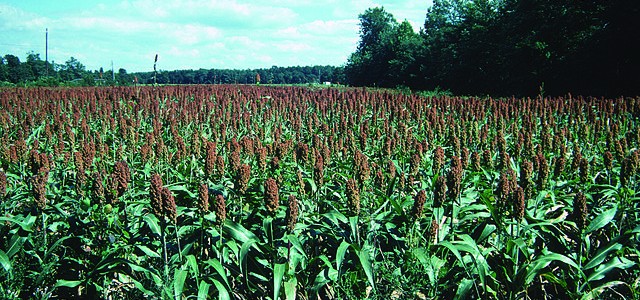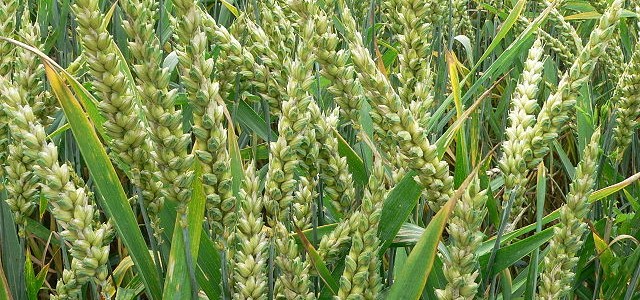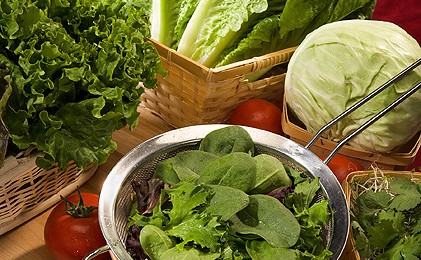Crops
-

As our region gets warmer, farmers are coming up with new ways to adapt to the rising temperatures and more variable rainfall. That includes the choice of what crops they grow as well as when they plant, whether they use cover crops, what kind of irrigation (if any) they use, and other management techniques. Here…
-

A severe heatwave across India has scorched their wheat crop, reducing their yields and making them consider how to replace the needed grain with the war going on in Ukraine stranding most of their harvest from last year, unable to be shipped out of their ports on the Black Sea due to the ongoing attacks.…
-

Southeast AgNet provided a summary of crop conditions across the Southeast based on the latest information from the National Agricultural Statistics Service, which publishes weekly updates on crop conditions during the growing season. The summary shows that planting has barely started for most crops, no doubt due to the cool soil temperatures and wet conditions…
-

The mid-March freeze in 2022 hit the growers of many crops hard. One of these is Georgia’s production of greens. Clint Thompson posted a story in Specialty Crop Industry talking about how much their crops of turnip and other greens were affected by the low temperatures and brutal winds. You can read it at https://specialtycropindustry.com/march-freeze-wipes-out-georgia-farmers-greens-production/.
-

Over the years, climate models have improved in their ability to predict both short-term climate shifts and longer shifts in climate patterns. As climate models have become more sophisticated, the different models are in closer agreement with projections of what climate is likely to be like in the future, although there are still questions about…
-

Here’s a story from back in December that discusses the advantages of combining solar farms with agriculture, which could include either crops or livestock, to produce multiple benefits, including shading and cooler temperatures for the livestock and cooler soils for the crops. Even though there is some shading, there is still plenty of light for…
-

This week farmers and extension agents were hard at work across Georgia and other Southeastern states assessing the damage from the frost on Sunday, March 13. Here is a brief summary of the comments I have received from my colleagues and friends on what they have seen. Keep in mind that some frost damage, particularly…